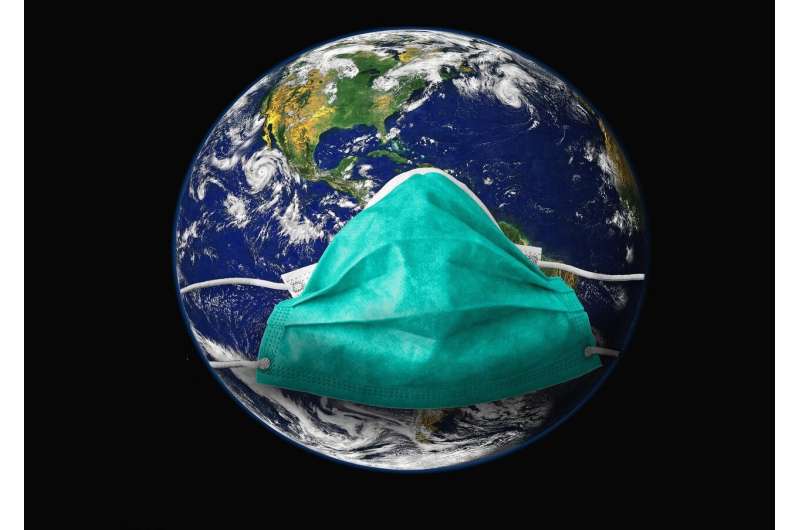Mask measurements established for children aged 3 to 12

The Biomechanics Institute (IBV), benchmark technological centre for the health, well-being and quality of life of people, is taking part in a work group coordinated by the Spanish Standardisation Body (UNE) to establish the minimum requirements that the hygienic masks must meet regarding the materials used for their manufacturing, creation, marking and use.
This is another activity that the centre is working on to provide help before the emergency caused by the coronavirus since the healthcare crisis began.
Specifically, the Biomechanics Institute has had relevant participation in the development of the UNE standard for non-reusable hygienic masks for children (UNE 0064-2-2020), which is available at UNE's website for all society, for free.
In words of the person responsible for the Knowledge on Anthropometry of the IBV, Sandra Alemany, for its development, 'it became necessary to generate anthropometric dimensions of the face of the child population that made it possible to scale the masks from adults to the size of the face of children." These are sizes that are not available in conventional anthropometric tables.
IBV has used different 3-D anthropometric databases of the child population, which it has generated after conducting several research projects, including euro-hand-feet (IMDECA/2016/38 and IMDEEA/2017/55) and ergokids (IMDECA/2015/23), both funded by the Valencian Institute of Corporate Competitiveness (IVACE).
Measurements established for children with 3-D scans
With the 3-D scans conducted on the child population, as well as checking a database with over 1,000 children "we have programmed specific measurements for the face, and the average values and extremes by age groups have been calculated. This data has been provided to the work group for the subsequent generation of paediatric mask patterns" says Sandra Alemany. Specifically, measures have been obtained to develop three sizes: small (3 to 5 years), medium (6 to 9 years) and large (10 to 12 years).
Furthermore, the IBV has taken part in the development of the Standard UNE 0064-1 of non-reusable hygienic masks for adults, part of a joint project which the Ministry of Industry, Commerce and Tourism, the Ministry of Health (Spanish Agency for Medicines and Healthcare Products), the Ministry of Consumer Affairs, the Ministry of Work and Social Economy (National Institute of Safety and Health at Work), CIE, TEXFOR, INDITEX, FENIN, AITEX, LEITAT, EURECAT, ASEPAL and the Official School of Engineers of Madrid have all taken part in.
The non-reusable hygienic masks detailed in the Standard published by the UNE are destined for adults and children without symptoms who cannot use surgical masks or filtering masks to protect themselves against particles.
The masks manufactured according to the UNE Standard will offer barrier protection to citizens in light of the COVID-19 pandemic. The Standard also provides indications on how to properly put them on and take them off.
IBV continues taking part in this public-private cooperation group, which is currently working on a Standard for reusable masks, making their capabilities available to the UNE for any requirement to fight against the situation.
They are also collaborating with hospitals, universities, other entities and companies, in projects for the fast development of healthcare products and certified protection equipment, as well as other innovative solutions, while always looking out for safety of use, in order to make them available as soon as possible.



















